Walking down the canned goods aisle can feel overwhelming with so many colorful labels promising convenience and nutrition. While canned vegetables offer incredible shelf life and quick meal solutions, not all varieties deliver on taste or texture. Some turn mushy and flavorless, losing their appeal the moment they hit the plate. Others, however, retain their freshness and provide a reliable shortcut to wholesome meals, making them essential pantry staples.
The secret lies in choosing wisely. From beans that hold their shape beautifully to corn that still bursts with sweetness, certain canned vegetables defy the stigma of being second-best to fresh. On the flip side, some cans conceal limp, over-salted disappointments that barely resemble their original form. Whether you’re stocking up for a busy week or prepping for emergencies, knowing which canned vegetables to reach for can make all the difference. Let’s break down the winners and the ones you’re better off leaving on the shelf.
1. Skip: Canned Spinach
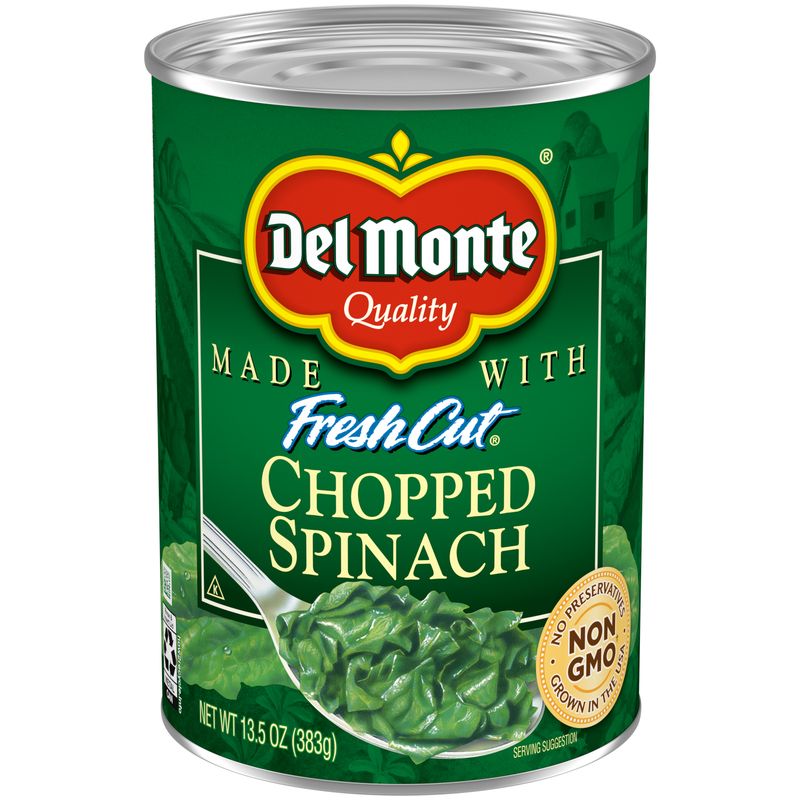
Nobody enjoys eating what looks like green slime on their plate. Unfortunately, that’s exactly what canned spinach resembles once you open the tin.
The high heat processing turns these once-vibrant leaves into a mushy mess that lacks any resemblance to fresh spinach. Even worse, the metallic taste often overpowers any nutritional benefits you might hope to gain.
Fresh or frozen spinach alternatives cook quickly and maintain much better flavor and texture for your meals.
2. Skip: Canned Carrots
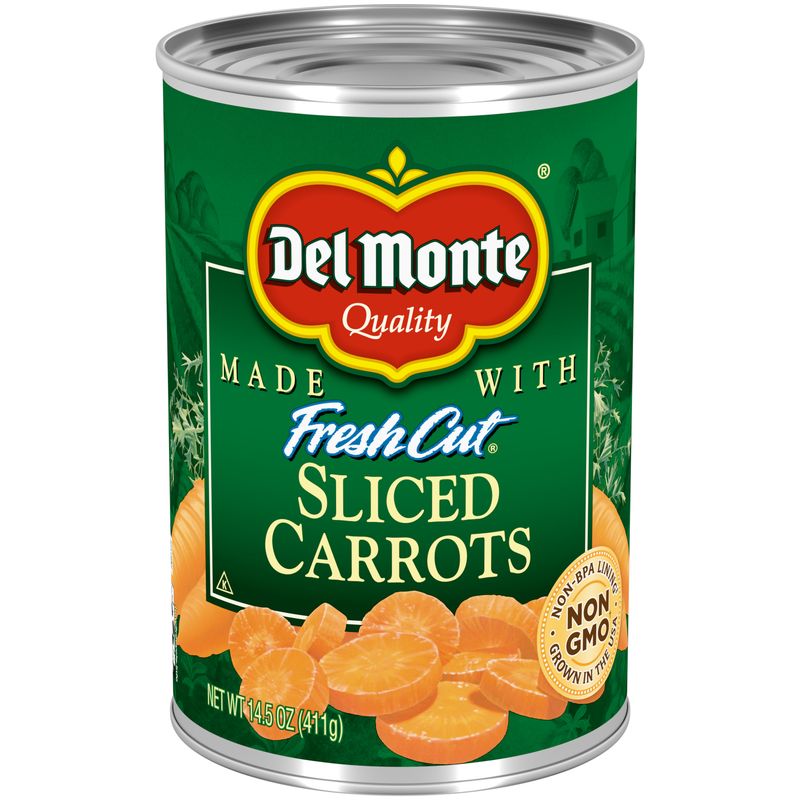
Bright orange promise turns into pale disappointment when you crack open canned carrots. The once-crisp vegetables become soft and flavorless after processing.
These carrots lose their natural sweetness and develop an almost baby-food consistency that most adults find unappealing. The texture resembles overcooked mush rather than the satisfying crunch we associate with this popular root vegetable.
Baby carrots or pre-cut fresh options cook just as quickly and deliver infinitely better results in your favorite recipes.
3. Skip: Canned Brussels Sprouts
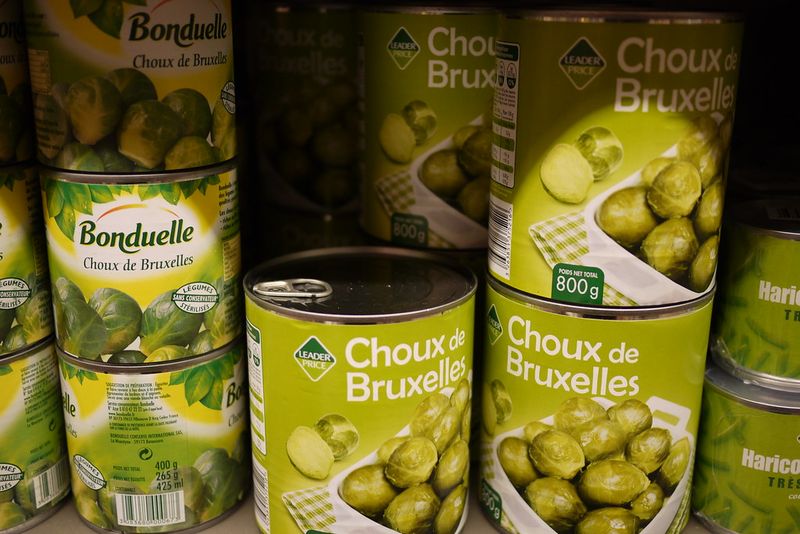
Even Brussels sprouts lovers should steer clear of the canned version. Processing amplifies the sulfurous compounds that give these vegetables their notorious reputation among picky eaters.
The result tastes overwhelmingly bitter and smells rather unpleasant when heated. Additionally, the mini cabbages become mushy and lose the slight firmness that makes properly cooked Brussels sprouts enjoyable.
Fresh Brussels sprouts roast beautifully and develop caramelized edges that transform them into crowd-pleasers rather than dinner table villains.
4. Skip: Cut Canned Green Beans
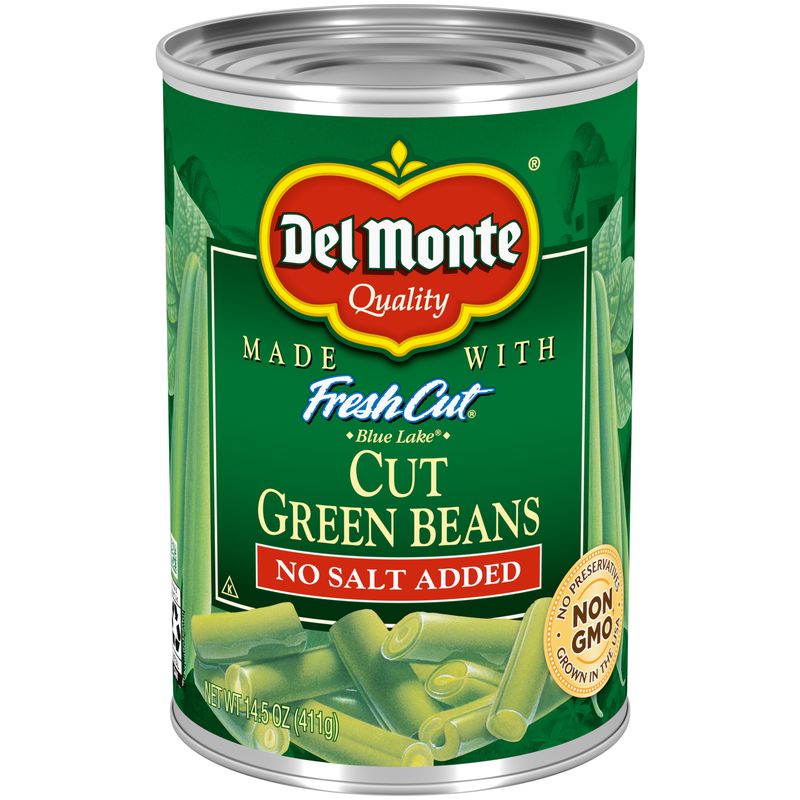
Pre-cut green beans might seem convenient, but they sacrifice everything that makes green beans appealing. The cutting process before canning allows more surface area for the beans to become waterlogged during processing.
These shortened pieces turn into limp, flavorless segments that fall apart easily when reheated. They lack the satisfying snap and fresh taste that makes green beans a popular side dish.
Whole canned green beans perform much better, or consider frozen varieties that maintain superior texture and color.
5. Skip: Canned Asparagus
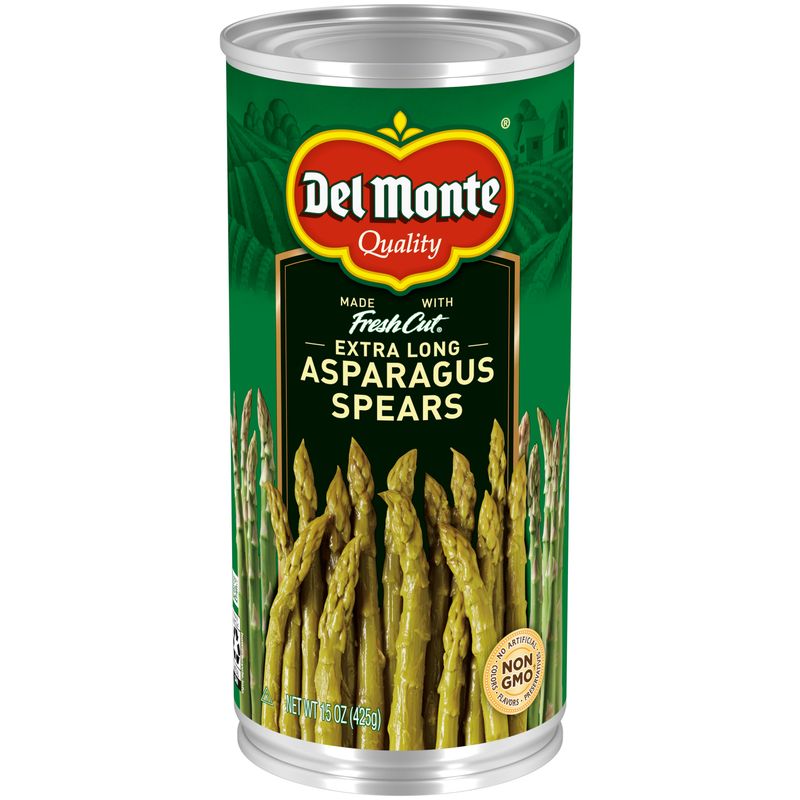
Asparagus demands careful cooking to maintain its delicate texture and subtle flavor. Unfortunately, the canning process destroys both qualities completely.
What emerges from the can barely resembles the elegant spears we love in restaurants. The vegetables become stringy, mushy, and develop an off-putting metallic taste that overwhelms their natural earthiness.
Fresh asparagus cooks in minutes and frozen versions work well for casseroles. Both options preserve the vegetable’s distinctive character far better than any canned alternative available.
6. Skip: Canned Mushrooms
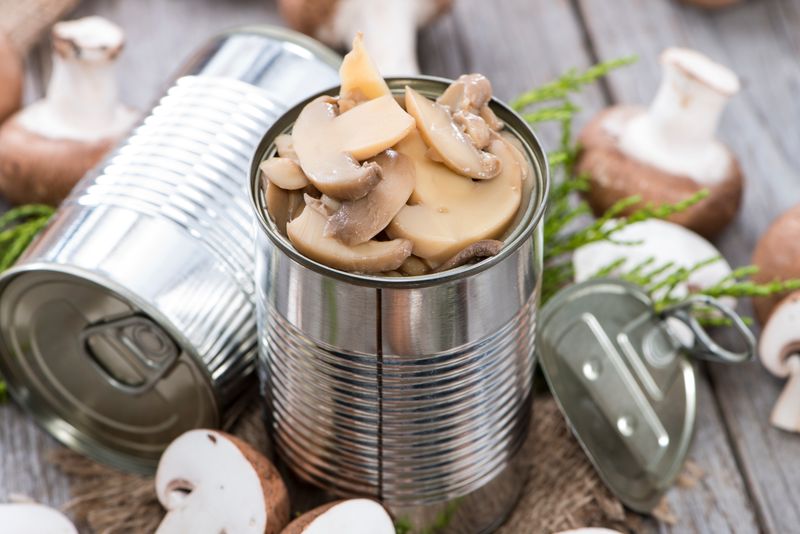
Mushrooms naturally contain high water content, making them particularly unsuitable for canning. The process turns these fungi into slimy, rubbery pieces that bear little resemblance to fresh mushrooms.
They lose their earthy flavor and develop an unpleasant texture that feels strange in the mouth. Many people find canned mushrooms off-putting even when mixed into sauces or casseroles.
Fresh mushrooms last reasonably well in the refrigerator, and dried varieties offer concentrated flavor with much better results for cooking applications.
7. Great Choice: Beans, Lentils, and Chickpeas
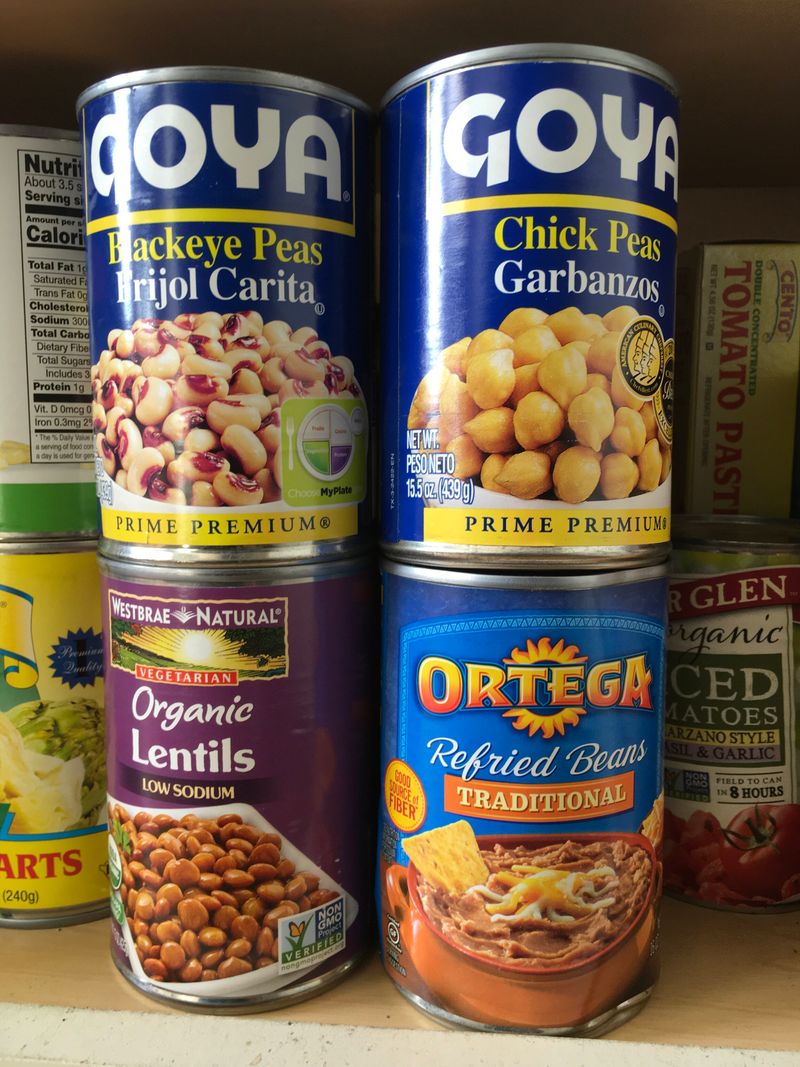
Legumes absolutely shine in canned form, maintaining their protein-packed nutrition and satisfying texture beautifully. Unlike many vegetables, beans actually benefit from the long cooking process that canning provides.
These pantry powerhouses save hours of soaking and cooking time while delivering consistent results. From quick weeknight chili to protein-rich salads, canned legumes offer incredible versatility and convenience.
Rinse them briefly to reduce sodium content, and you’ll have restaurant-quality ingredients ready for countless delicious meals and healthy snacks.
8. Great Choice: Yams and Sweet Potatoes
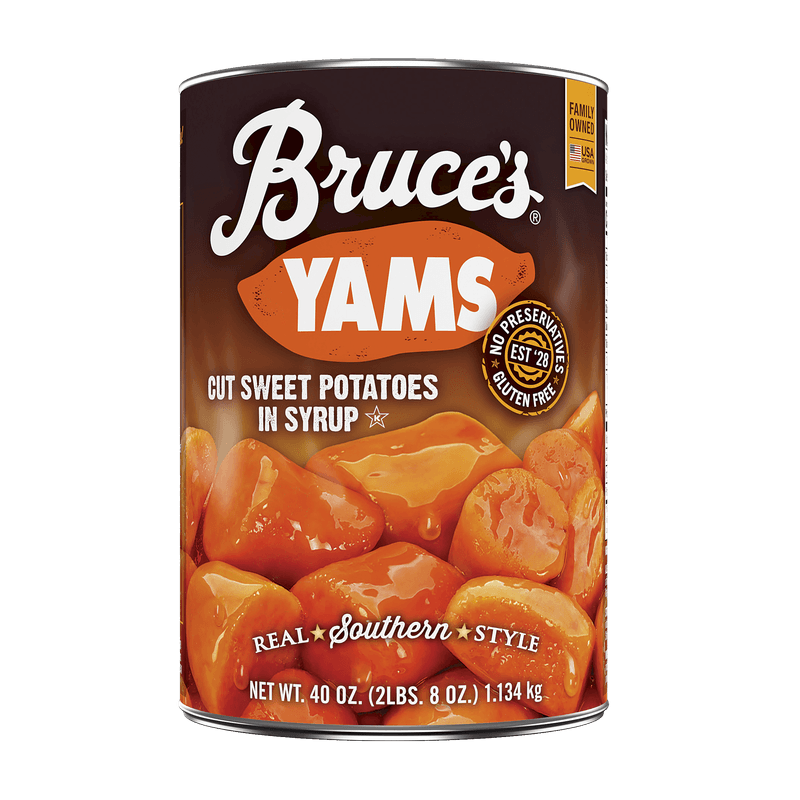
Sweet potatoes and yams translate exceptionally well to canned form, retaining their natural sweetness and vibrant color. The gentle processing preserves their creamy texture without turning them to mush.
These orange powerhouses work beautifully in both sweet and savory applications. Whether you’re making quick casseroles, smoothies, or even desserts, canned sweet potatoes deliver consistent quality year-round.
They’re already cooked and ready to use, making them perfect for busy cooks who want nutritious ingredients without lengthy preparation time.
9. Great Choice: Whole Green Beans
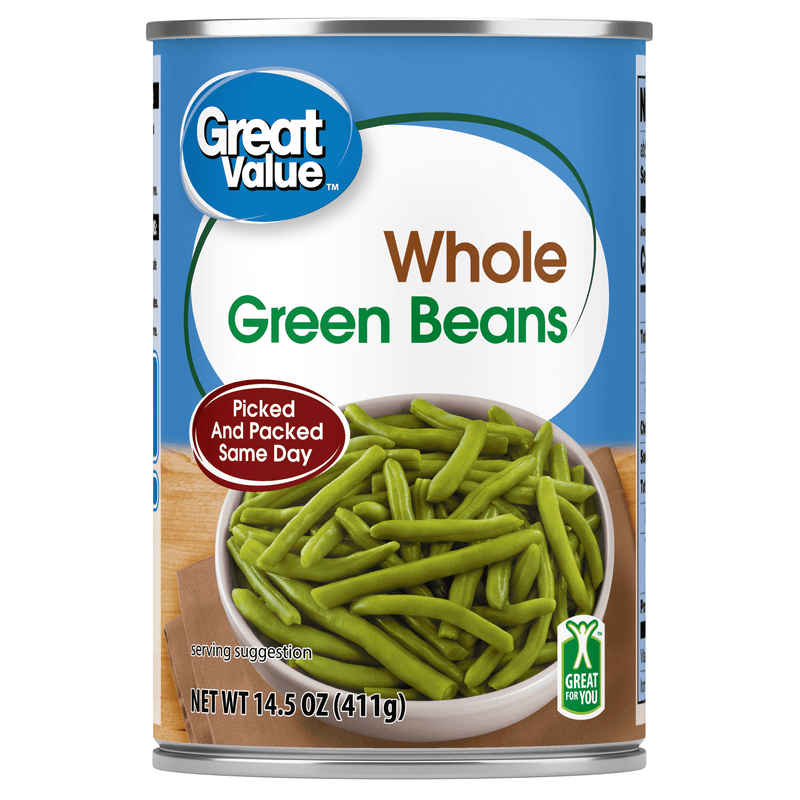
Whole green beans prove that size matters in the canning world. Unlike their chopped counterparts, whole beans maintain better texture and flavor throughout the preservation process.
The intact vegetables hold their shape when reheated and provide that satisfying snap we expect from quality green beans. They work wonderfully in casseroles, stir-fries, or simply seasoned as a side dish.
Many people can’t tell the difference between these and fresh beans when properly prepared, making them an excellent pantry staple for quick, healthy meals.
10. Great Choice: Corn
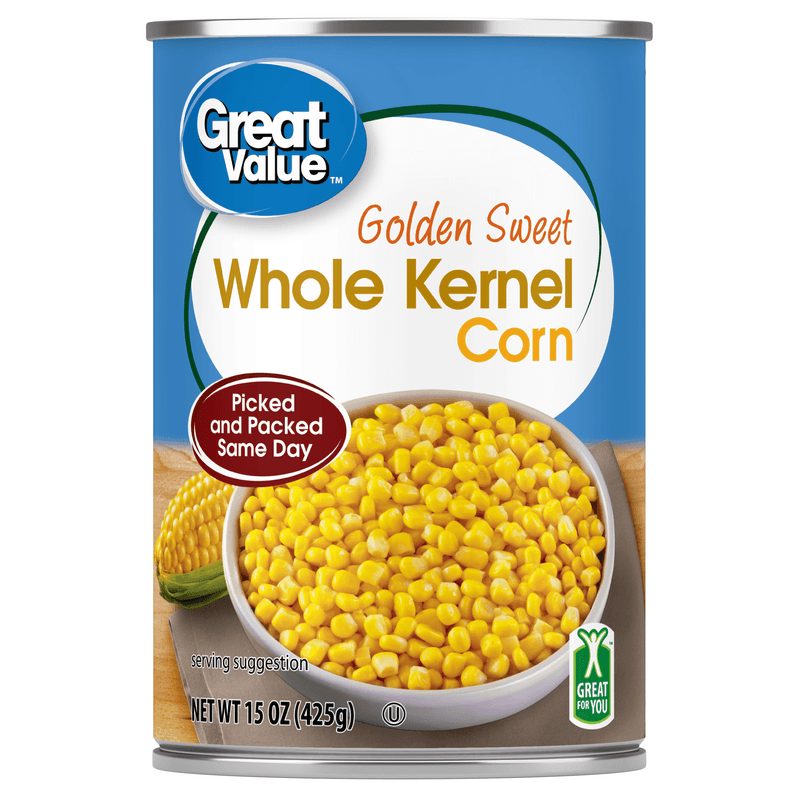
Golden corn kernels practically made canning famous, and for good reason. The sweet kernels maintain their pop and flavor remarkably well through the preservation process.
Unlike many vegetables that suffer from canning, corn actually tastes quite similar to fresh varieties. The kernels stay plump and juicy, making them perfect for soups, salads, salsas, and countless other dishes.
Canned corn offers year-round access to this beloved vegetable at a fraction of fresh corn’s seasonal price, delivering consistent quality and convenience for home cooks.
11. Great Choice: Hearts of Palm
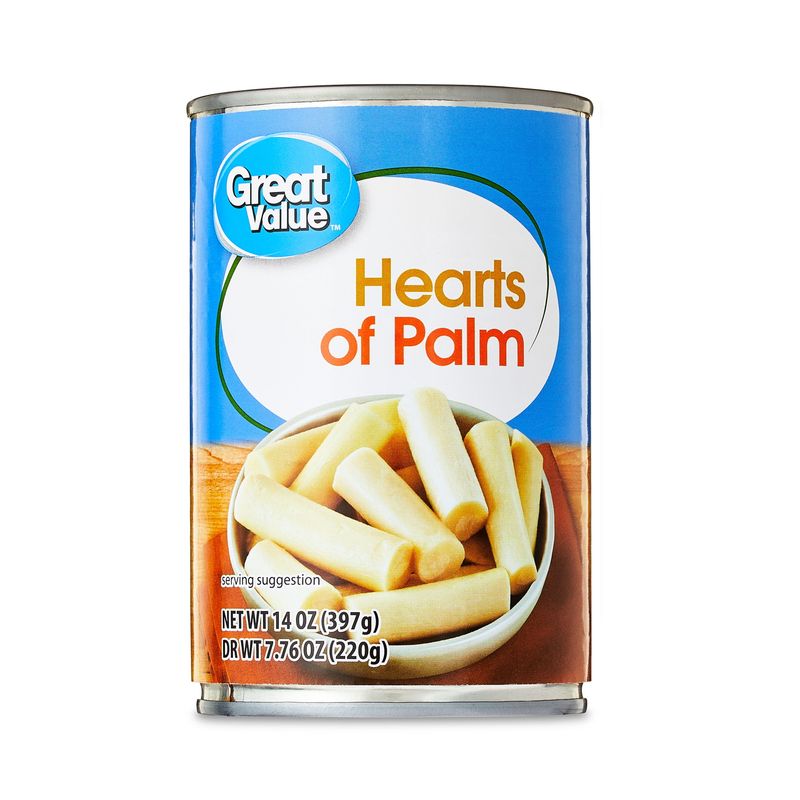
Exotic hearts of palm actually improve through canning, becoming more accessible while maintaining their unique tender texture. These palm tree cores offer a delicate, slightly tangy flavor that’s impossible to replicate.
Fresh hearts of palm are nearly impossible to find and extremely expensive when available. Canned versions provide consistent quality and make this gourmet ingredient available for everyday cooking adventures.
They’re perfect for salads, pasta dishes, or as an elegant appetizer, bringing restaurant-quality sophistication to home kitchens without breaking the budget.
12. Great Choice: Tomatoes
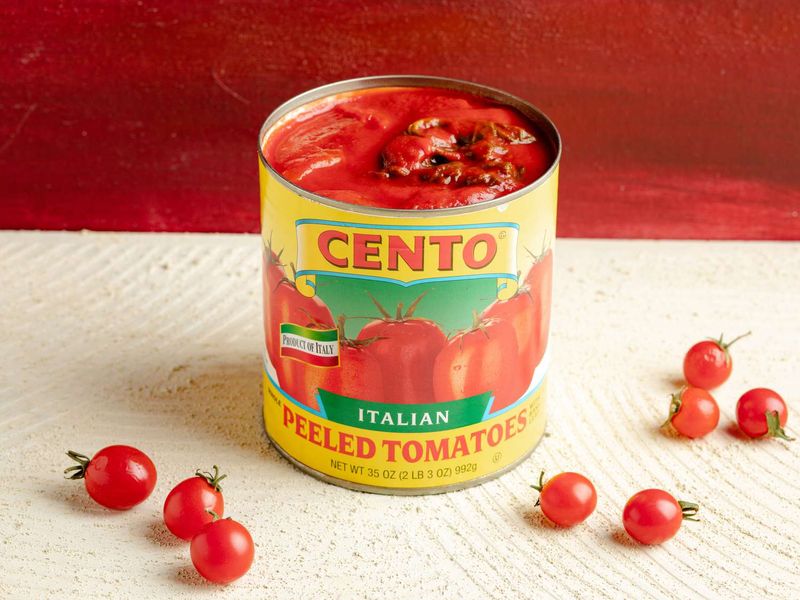
Tomatoes represent the gold standard of canned vegetables, often tasting better than fresh options available year-round. The canning process actually enhances certain nutrients while preserving peak-season flavor.
High-quality canned tomatoes come from vine-ripened fruit processed at optimal freshness. Whether whole, diced, or crushed, they form the foundation of countless sauces, soups, and dishes worldwide.
Professional chefs regularly choose canned tomatoes over fresh for their consistency and concentrated flavor, making them an essential ingredient for any serious home cook’s pantry.
Leave a comment